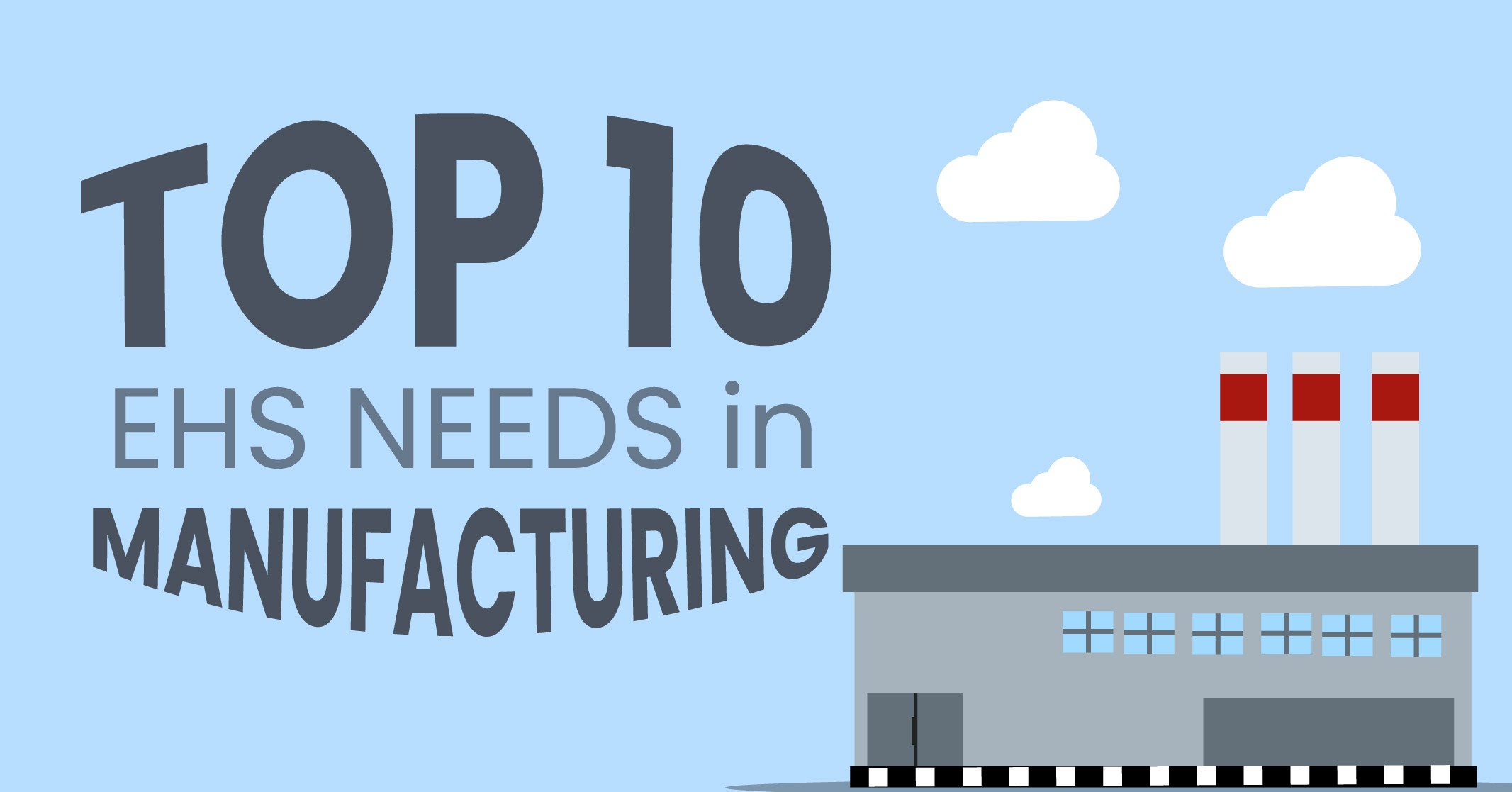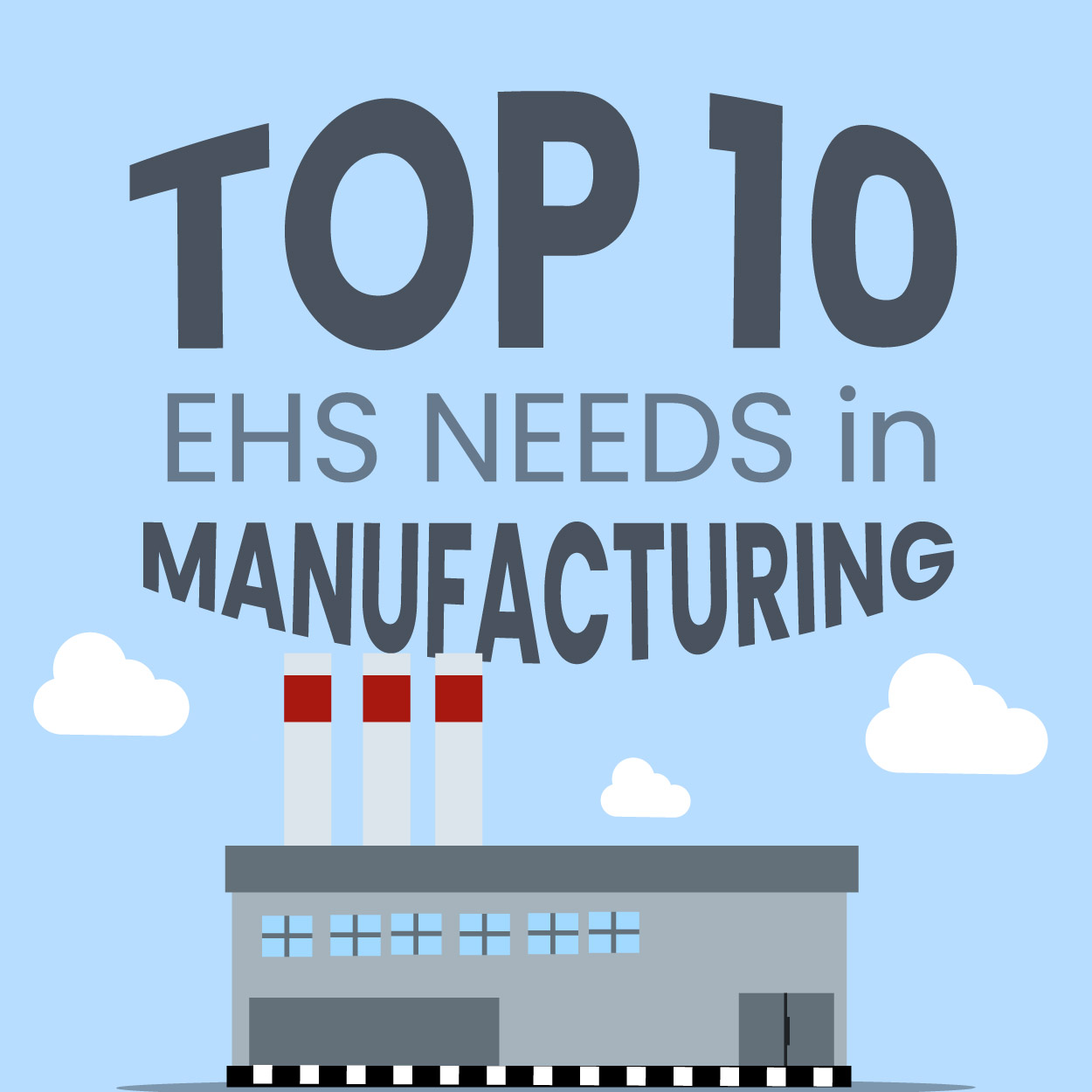
Top 10 EHS Needs in Manufacturing
With a combination of machinery and manual labor, manufacturing is an industry with very strict regulations. If you’re in need of a safety refresh but don’t know where to start, YellowBird has Professionals On-Demand ready to help tackle your biggest challenges.
Check out our Top 10 EHS Needs in Manufacturing:
- Machine Guarding Assessment: Machine Guarding is more than just compliance. It’s about making sure your machines can operate safely on a daily basis according to your production needs. Rather than waiting until you receive a citation or someone gets injured on the job to do something about it, you need a complete safety assessment that will proactively help you prevent injury, downtime, and losses in production.
- Certification for Contractor Safety Programs (example: ISNetWorld): ISN provides an online contractor management platform, ISNetworld, to help organizations manage internal and governmental compliance requirements. Going through compliance may seem daunting, but an EHS Pro can handle this task and make sure your workspace is fully compliant with federal, local and state regulations.
- COVID-19 Return to Work Protocol: At this point in the pandemic, we’re all familiar with social distancing and masks. But what else can you do on the worksite to help your employees return confidently? YellowBird’s Return to Work Protocol will take air quality samples, air flow testing, surface samples, and a full check of your HVAC system to put together a Move Forward Plan tailored to your workplace with administrative and engineering controls.
- Hot Work Program: Hot work is any operation that involves open flame or that may produce heat, sparks, or other sources of ignition such as welding or manufacturing. By creating a hot work program, you can train your employees to prevent hot work ignition sources from coming into contact with combustible or flammable material, thereby reducing the risk of incident and injury.
- Industrial Hygiene: The science of anticipating, recognizing, evaluating, and controlling workplace conditions that may cause workers’ injury or illness is extremely important for worker health. Industrial Hygienists can help with Risk Assessment, noise monitoring, asbestos testing, lead testing, PPE, Ergonomics and more!
- Auditing Emergency Response Plan: When was the last time you had a fire drill? How many emergency exits are located in your workplace? If you don’t know the answer to these questions, it is time to revisit your Emergency Response Plan. Consider putting together an Emergency Response Team of trusted employees who have First Aid experience that can lead the way for emergency responses.
- Confined Space Program Development and Implementation: Many workplaces contain areas that are considered confined spaces because while they are not necessarily designed for people, they are large enough for workers to enter and perform certain jobs. A confined space also has limited or restricted entry or exit points. By creating a Confined Space Program, you can provide your employees help in recognizing and evaluating hazards and possible solutions related to confined spaces.They will leave with the knowledge on how to identify and control the hazards that cause the most serious confined space-related injuries.
- First Aid/CPR: Working with a variety of materials can potentially lead to incidents. Are your employees ready to tend to their coworkers should something occur? Consider implementing First Aid & CPR certification so when incidents arise, your employees can jump into action to help their coworkers.
- OSHA Record Keeping: Since 1971, OSHA has put requirements in place (29 Code of Federal Regulations CFR Part 1904) designed to help employers recognize workplace hazards and correct hazardous conditions by keeping track of work-related injuries and illnesses and their causes. By law, you are required to keep all records for 5 full calendar years. If you’re struggling with keeping track of all the necessary information, we can organize what you currently have and put in processes moving forward to ensure records are kept appropriately.
- Training & Development: Between certifications, onboarding new hires, and refreshment training for your long time employees, training is a great way to invest in your employees’ development and career goals. Developing these programs can take time away from other projects so why not consider a consultant to add a fresh perspective.





